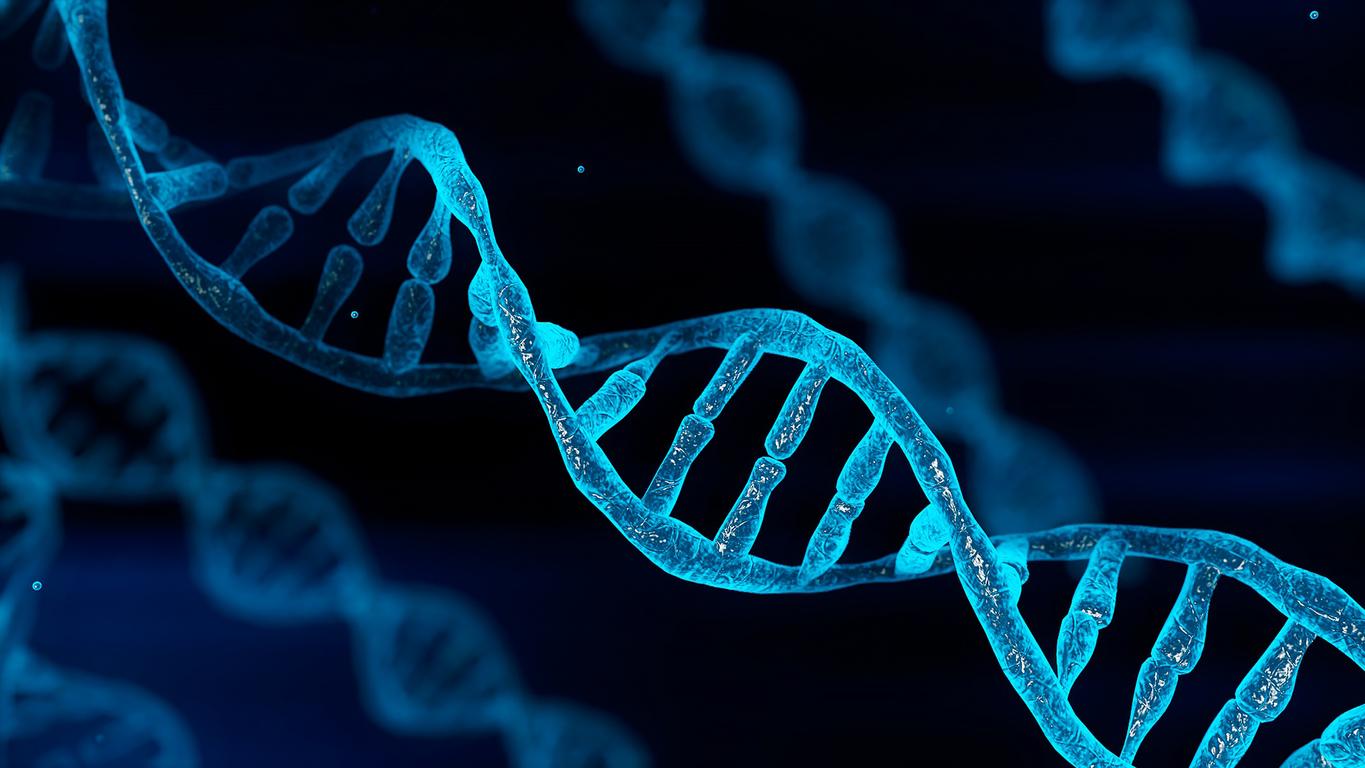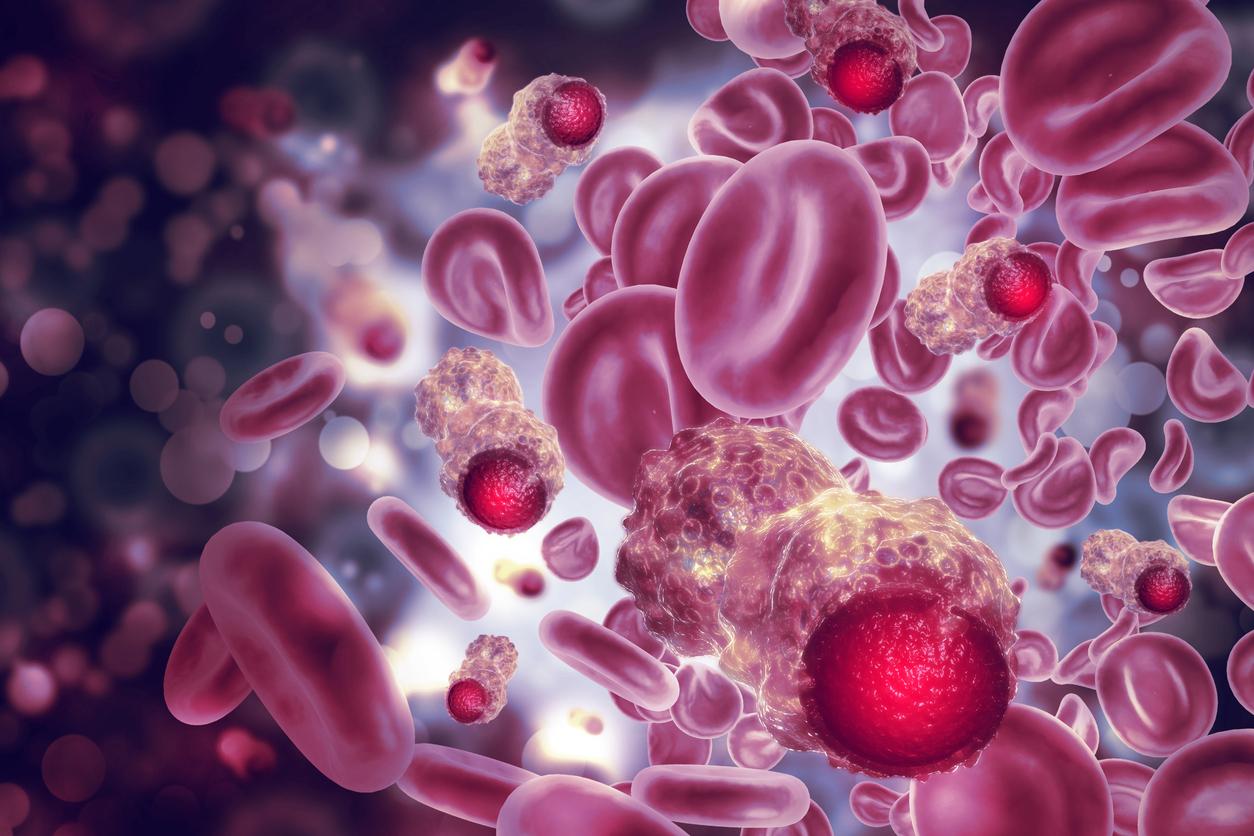Removing small RNA molecules, which regulate genes, could help fight bone and muscle loss inherent in aging.

- By suppressing the expression of a micro-gene, researchers have succeeded in reducing the deleterious effects of aging on the organism of aged mice.
- According to their study, inflammation was reduced, bones strengthened and muscles larger.
- This process could make it possible to fight against the characteristics of the aging body and against the negative changes that can result from it, such as dementia or cancer.
Disabling a tiny molecule in our genetics called microRNA a way to keep our bodies younger and healthier? This is what scientists say in the first study of this type published in the journal Aging and Disease.
Aging is expressed in the genes
The authors explain that these microRNAs help regulate gene expression and, therefore, the function of our cells. Several of them, including one called microRNA-141-3p, have been implicated in the ills of aging, such as increased levels of chronic inflammation, decreased muscle mass and weakened bones.
These three processes are characteristic of aging. Indeed, with age, the ability of cells to repair and replace decreases, so that, for example, bone loss begins to exceed the formation of new bone. Meanwhile, inflammation, essential for healing but destructive at chronically high levels, escalates.
The resulting problems can range from increased physical frailty to an increased incidence of diseases such as cancer, cardiovascular disease and dementia, explain the authors. “When we get older, with all these complications like chronic inflammation, muscle loss and bone loss, this microRNA is elevated“says Sadanand Fulzele, an aging researcher in the Department of Medicine at the Medical College of Georgia at Augusta University, USA.”We wanted to delete it”.
Mice rejuvenated thanks to the deletion of a micro-gene
To conduct their research, they used an inhibitor (called antagomir), specially designed to block microRNA-141-3p, on mice that matched humans in their 60s.
They were treated for three months with twice-weekly subcutaneous injections of this antagomir – a regimen that could be easily adapted to humans, the scientists say.
By examining changes in the blood, bones, muscles, and the spleen – which among other things has the job of regulating levels of infection-fighting white blood cells, they found a pattern “younger” everywhere. In the spleen, for example, they observed more immune cells called macrophages (M2) that reduce inflammation and promote tissue repair. In addition, the blood contained fewer inflammation-promoting proteins called cytokines. Finally, the microstructure of the bones was stronger and the size of the muscle fibers larger.
The results of this study indicate that reducing the expression of this microgene could be a strategy to improve immune, bone and muscle health with age.

















